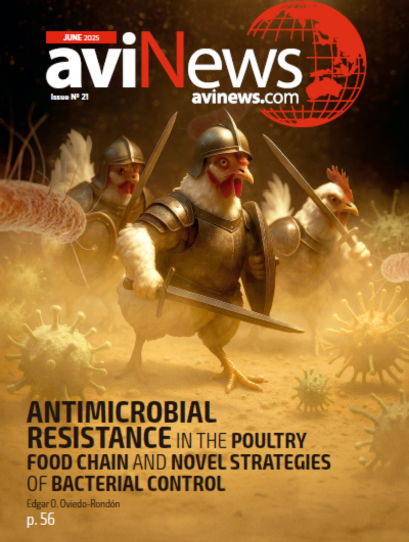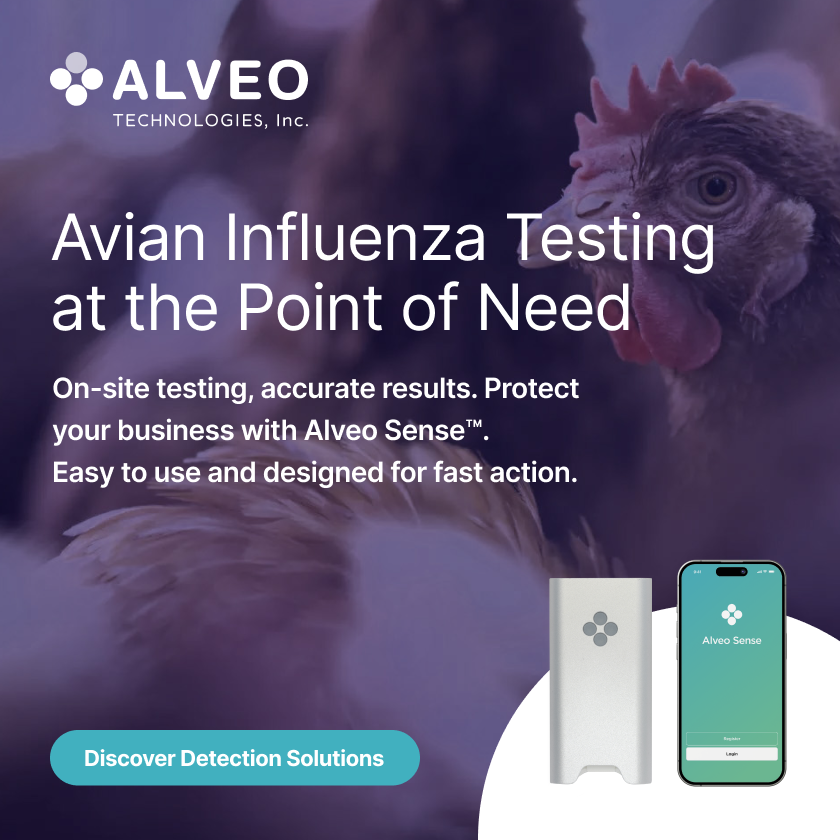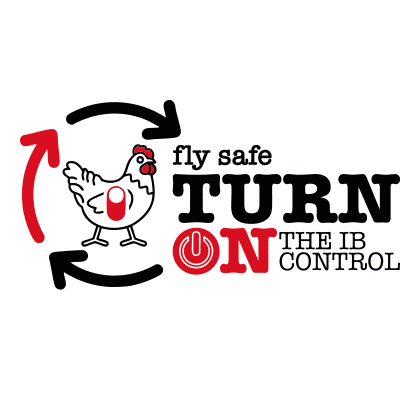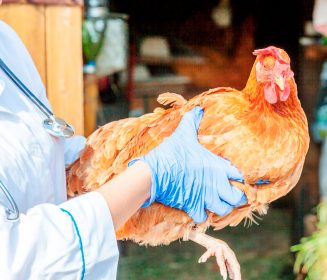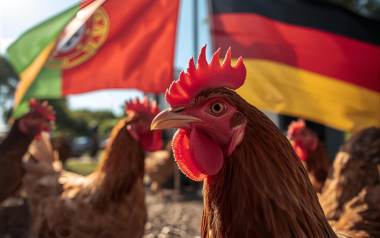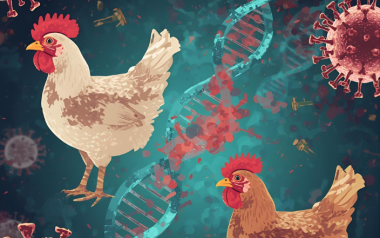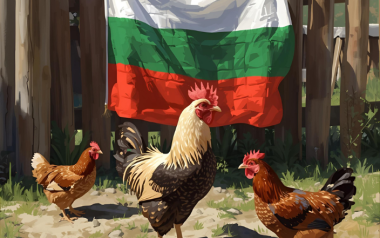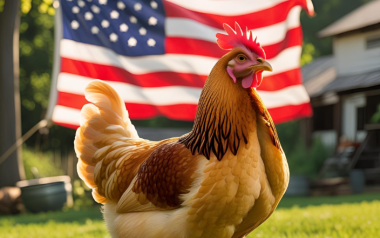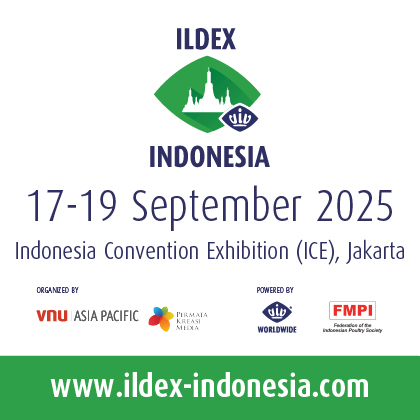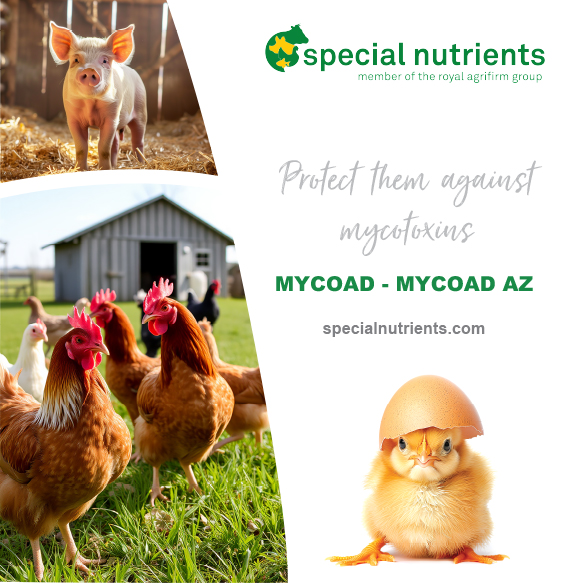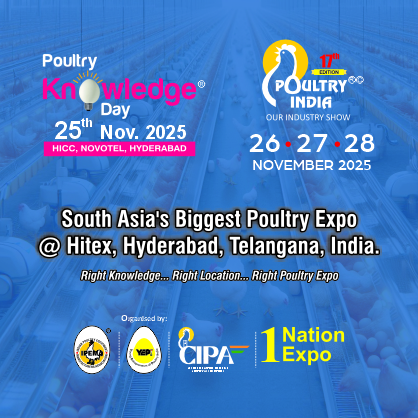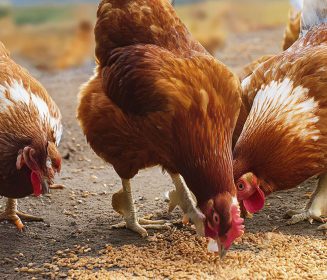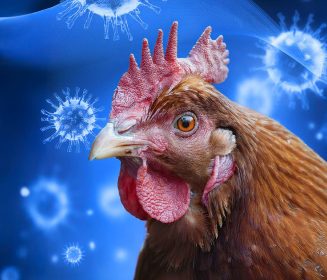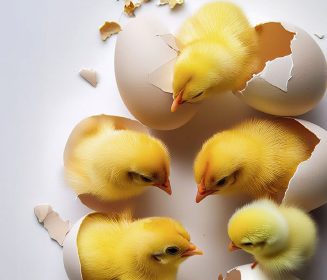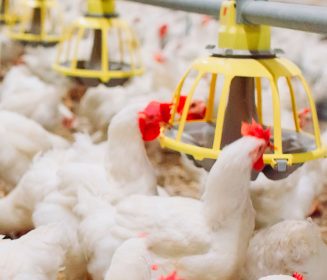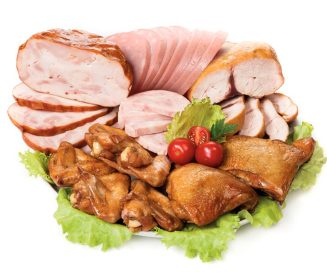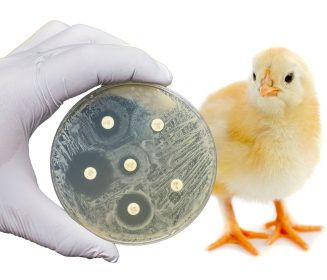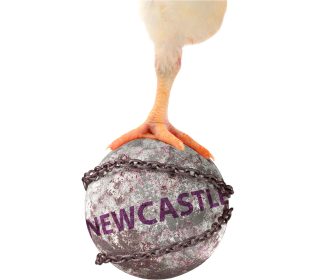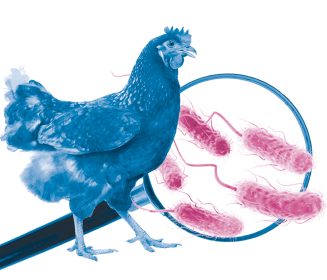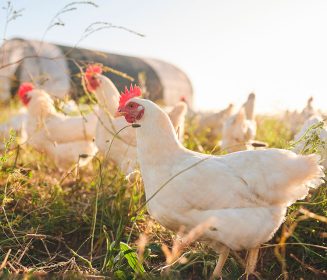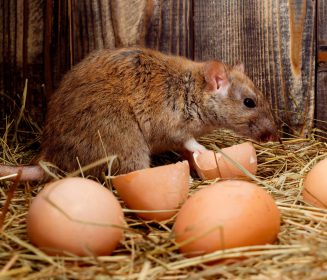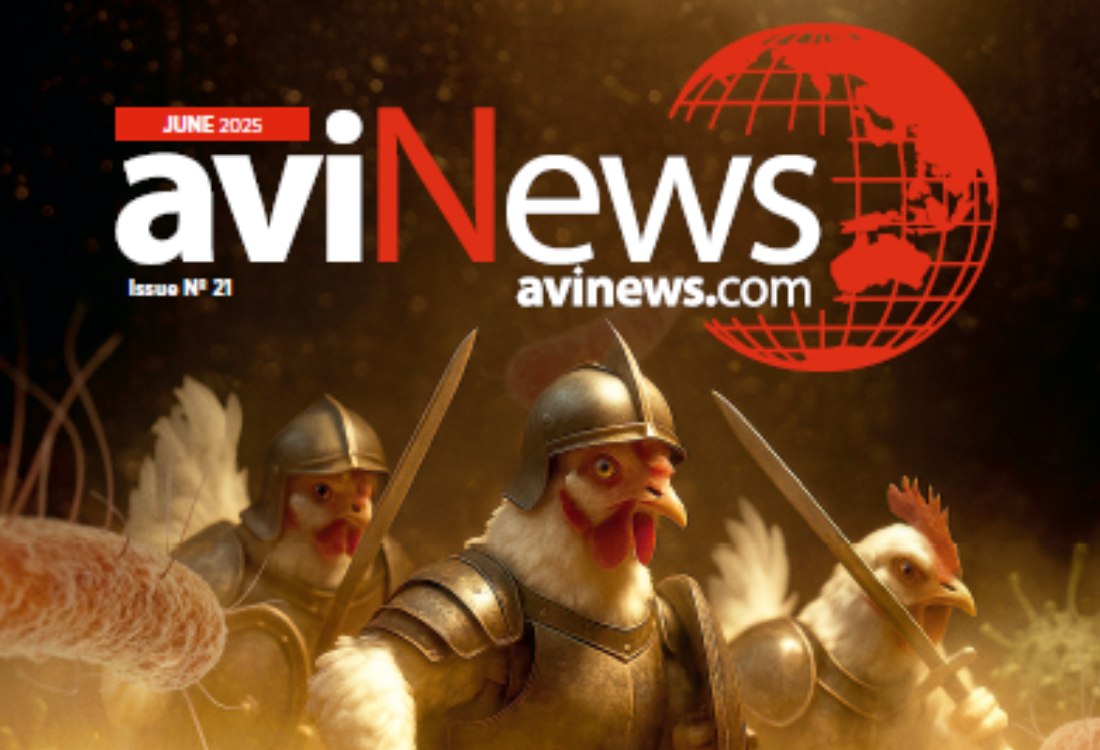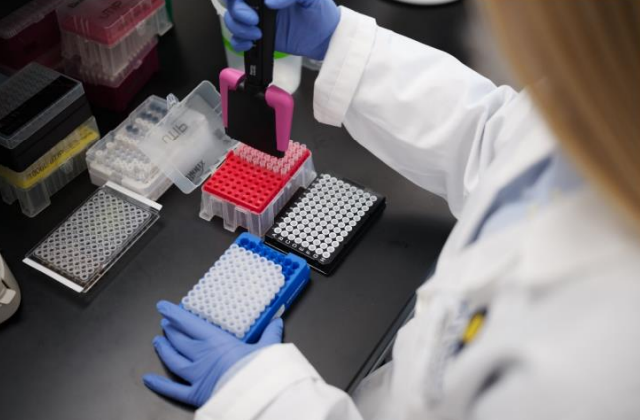
14 Feb 2025
Hy-Line International researchers collaborate in study identifying Genes Linked to Avian Influenza Survival in Chickens
Researchers have identified DNA regions that contain genes that may enable certain chickens to survive Highly Pathogenic Avian Influenza.
Dallas Center, IA USA (December 2024) Researchers have identified specific DNA regions that contain genes that may enable certain chickens to survive Highly Pathogenic Avian Influenza (AI), providing potential pathways for breeding and disease prevention efforts. The study, published in the *International Journal of Molecular Sciences*, analyzed the genetic makeup of chickens that survived a severe Highly Pathogenic AI outbreak in 2015, focusing on differences in their DNA compared to noninfected birds.
The research team included scientists from the Roslin Institute (UK), Warsaw (Poland), Iowa State University and Hy-Line International and utilized samples from rare survivors of highly pathogenic AI outbreak. “This study is particularly important as it looked at genetic variation in commercial production chickens that survived Highly Pathogenic AI. Thus, the results have greater relevance to commercial birds than Low Pathogenic AI studies utilizing laboratory chicken strains” says Dr. Janet Fulton, senior molecular geneticist at Hy-Line International and one of the co-authors of the publication.

The researchers conducted whole-genome sequencing on DNA from survivors and identified genetic regions potentially associated with resistance. These regions are distributed across multiple chromosomes, highlighting the complexity of genetic resistance to Highly Pathogenic AI. While no single gene determines resistance, the identified genes could play a role in the host’s immune response, offering clues for breeding Highly Pathogenic AI-resistant chickens. This research contributes valuable insights into disease mechanisms, potentially guiding vaccine development and control measures for avian influenza in the future. “The observation of multiple genetic regions associated with resistance means that numerous regions must be addressed to develop birds with genetic resistance to AI” adds Dr. Fulton.
This groundbreaking research opens doors for genetic improvements in poultry breeding, further enabling disease-resistant flocks to support a more robust global poultry industry. The research was funded by grants from the BBSRC (UK), the Iowa Egg Council, and Hy-Line International.
One can access the full study, titled “Candidate Genes Associated with Survival Following Highly Pathogenic Avian Influenza Infection in Chickens”, at the following link: article. This article provides an in-depth analysis of the genetic basis for survival in chickens exposed to highly pathogenic avian influenza (HPAI) and identifies specific genetic regions associated with potential resistance to the virus.
___________
Founded in 1936 by Henry A. Wallace, Hy-Line was the first poultry breeding company to apply the principles of hybridization to commercial layer breeding. Today, Hy-Line International continues to be a pioneer as the first company with its own in-house molecular genetics team leading the industry in application of DNA-based technology to its breeding and genetics program. Hy-Line produces and sells both brown and white egg stock to more than 120 countries worldwide and is the largest selling layer in the American egg industry and around the world.
Continue after advertising.

